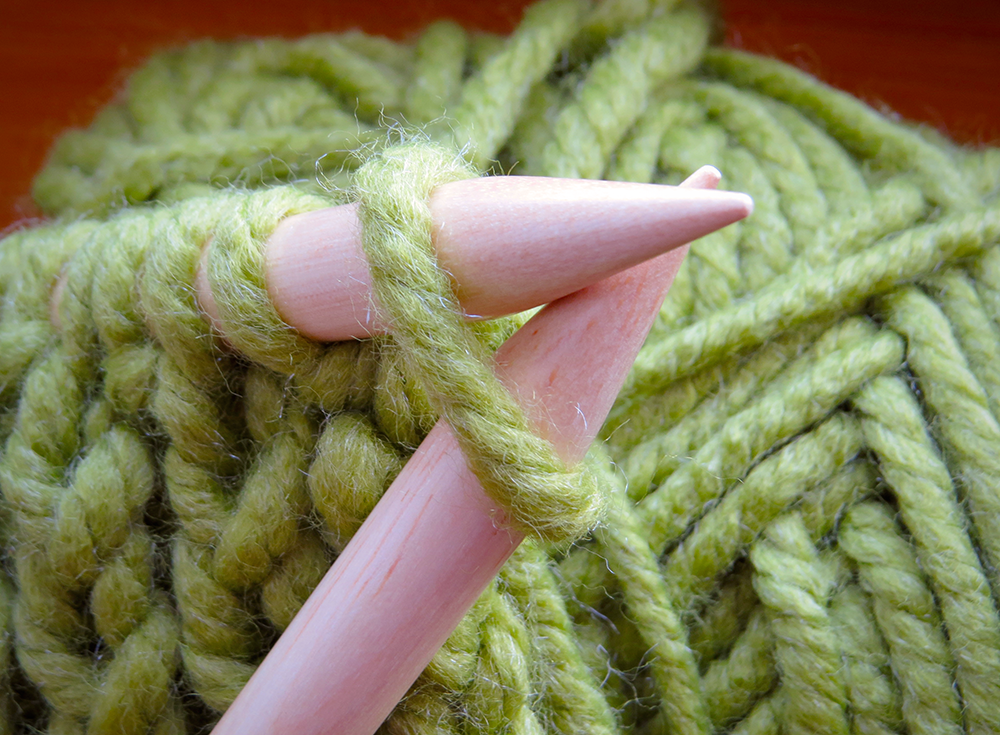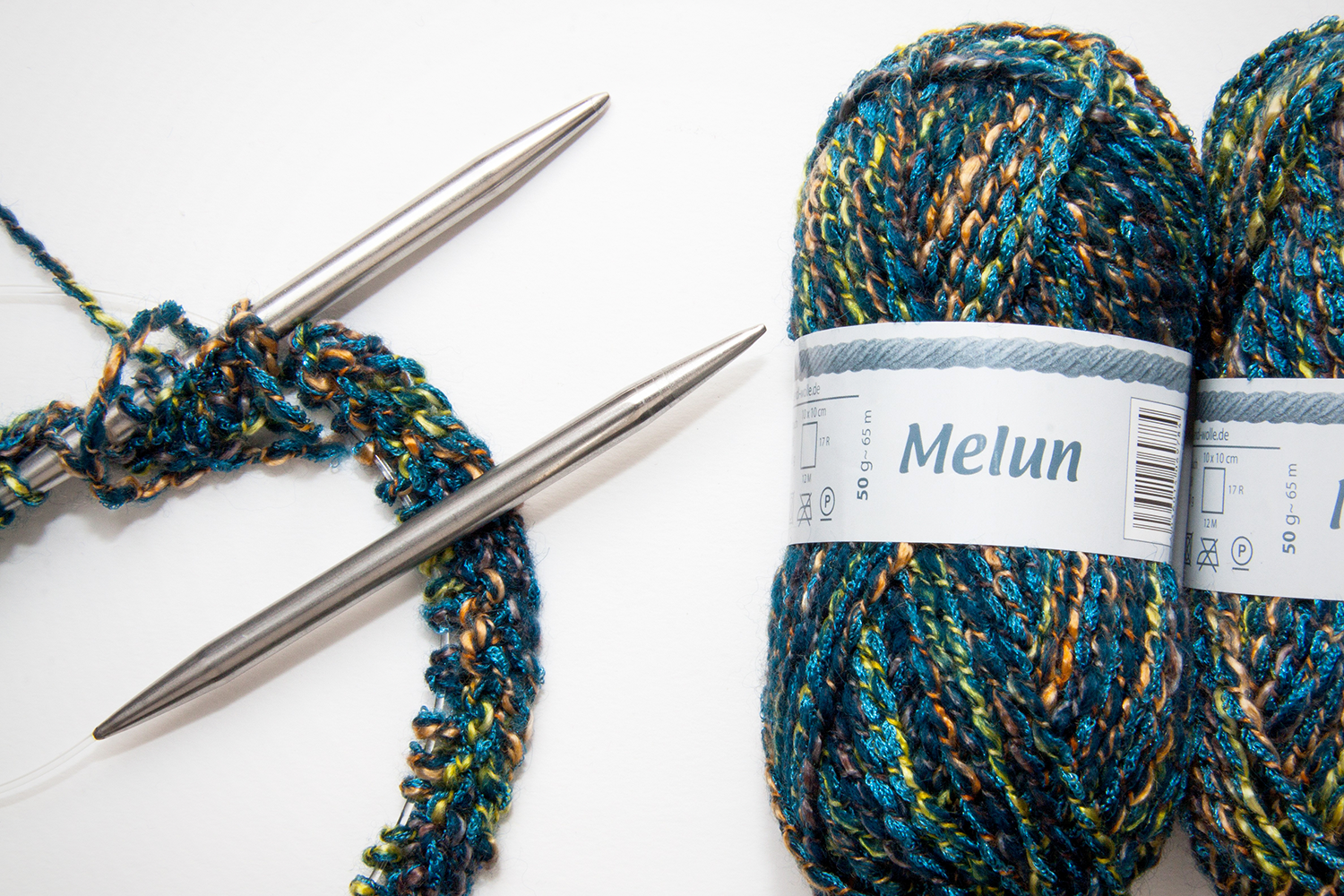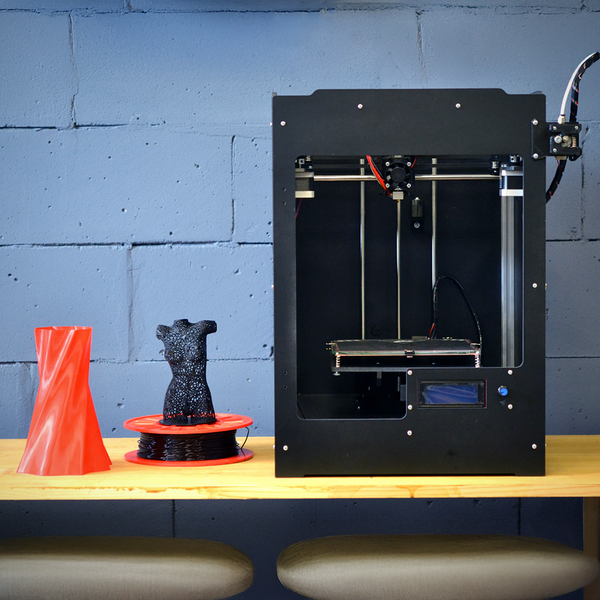For anyone new to knitting, the array of knitting needles available can be daunting.
There are so many different types, sizes, and materials to choose from!
How can you possibly know which one is right for your project?
In this blog post, we'll break down the different types of knitting needles so that you can make an informed decision about which ones to use for your next project.
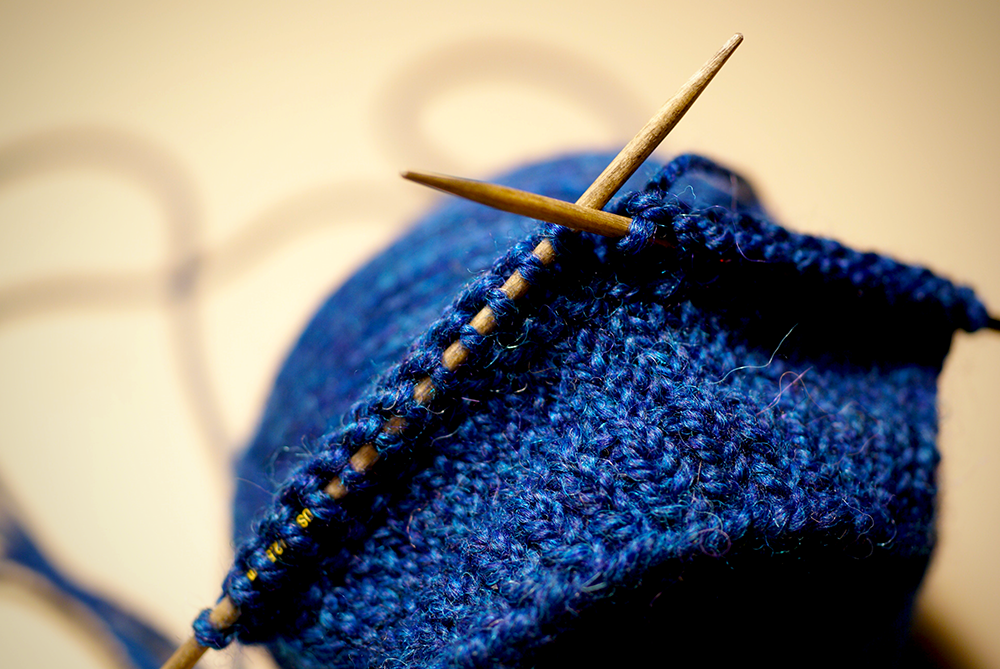

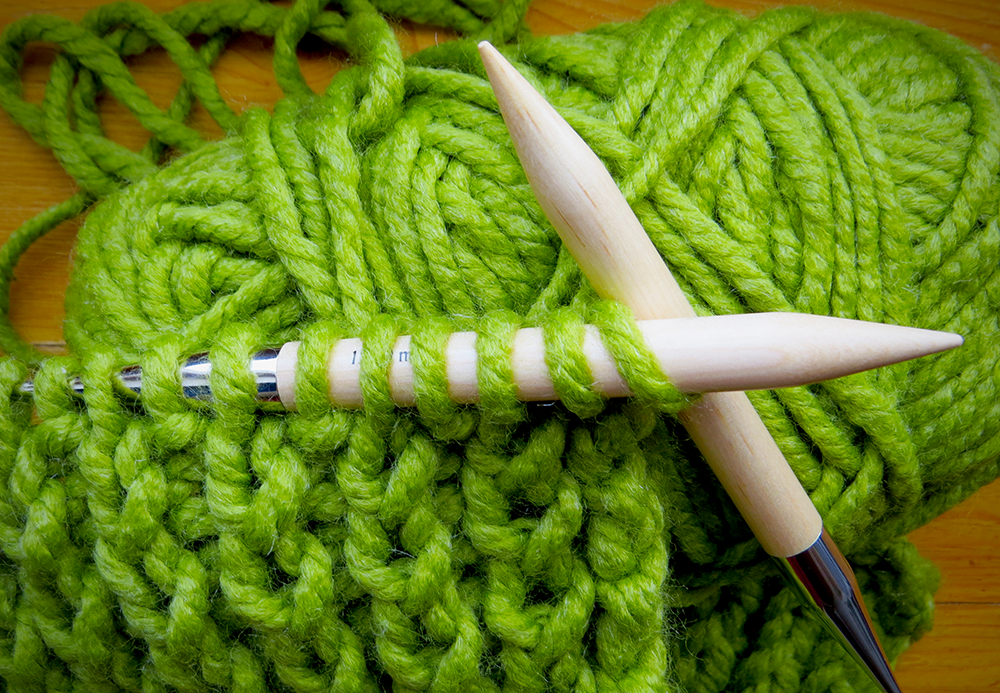
The Main Types of Knitting Needles
The first thing you need to know is that there are two main types of knitting needles: straight needles and circular needles.
Straight needles are exactly what they sound like--they're long, thin needles that are straight from end to end.
Straight knitting needles are best for projects that are worked back and forth in rows, such as scarves, blankets, and sweaters.
Circular needles, on the other hand, have a short needle attached to one end and a long cord attached to the other.
The cord is used to hold all of the stitches as you knit in a continuous circle.
Circular knitting needles are best for projects that are knit in the round, such as hats, socks, and sweaters.
They can also be used for flat-knit projects, such as scarves and afghans, by knitting back and forth on the needle rather than in a continuous loop.
There are also interchangeable knitting needles, cable knitting needles, and double-pointed knitting needles.
Double-pointed needles have two pointed ends and are used for knitting small projects in the round, such as socks and gloves.
Cable knitting needles have a flexible cord between the two needles and are used for projects that require intricate cable stitches.
Interchangeable needles are long, thin needles that can be detached from their cord and used as straight needles or reattached to a different cord to be used as interchangeable circular needles.
This is a great option if you want the versatility of both types of needles without having to invest in two separate sets.
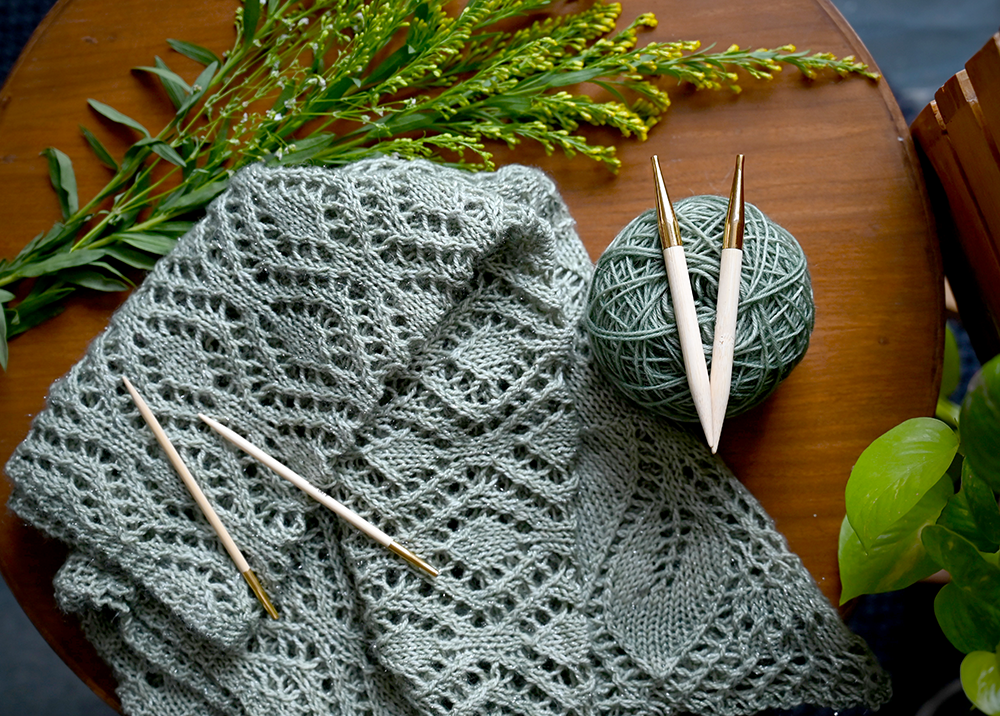


Materials
Now that you know the difference between straight and circular needles, let's talk about materials.
The most common type of knitting needle is made out of wood or metal.
These materials are strong and durable, which makes them ideal for projects that require a lot of stretching or twisting (like socks).
Wood knitting needles are best for beginners because they're less slippery than metal needles and they have a tendency to grip the yarn, making it less likely that your stitches will slip off the needles.
Metal knitting needles are very smooth, which can make them easier to work with once you get the hang of it.
They're also great for projects that require a lot of stitch slipping, such as lace knitting.
However, metal and wood needles can be heavy and slippery, which makes them less ideal for beginners.
Knitting needles can also be made from plastic, bamboo, or bone.
These materials are lighter and easier to work with, which makes them better suited for beginners or for projects that require a lot of delicate work (like lace).
However, they can be less durable than wood or metal needles and may not hold up as well to repeated use.
Plastic knitting needles are best for beginners because they're lightweight and have a good grip.
Bamboo knitting needles are lighter than wood needles and have a slight grip, making them a good choice for projects that require a lot of stitch slipping.
Bone needles are the strongest of the bunch and have a very slight grip, making them a good choice for projects that require a lot of twisting and stretching.
If you're just starting out, you might want to try a pair of plastic or bamboo needles.
These materials are lightweight and have a bit of grip to them, which makes them easier to control.
Once you've gotten the hang of things, you can move on to more challenging projects with metal or wood needles.
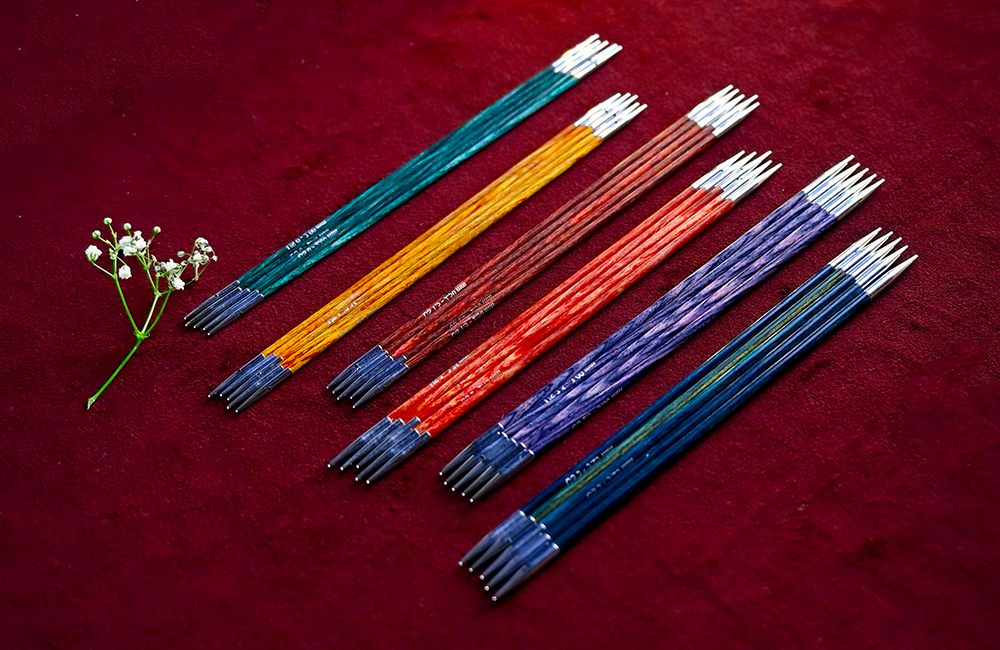


Sizes
Knitting needles also come in a variety of sizes, which is typically indicated by a number on the needle.
The size of the needle will determine the gauge of your knitting, which is the number of stitches per inch.
The larger the needle, the looser the gauge, and the smaller the needle, the tighter the gauge.
For example, a size 10 needle will have a loose gauge, while a size 2 needle will have a tight gauge.
Gauge is important to consider because it will affect the size, shape, and drape of your finished project.
If you're not sure which size needle to use, it's always best to err on the side of a larger needle.
It's much easier to make your knitting looser by using a larger needle than it is to make it tighter by using a smaller needle.
When it comes to circular needles, the size is indicated by the diameter of the cord.
The length of the cord is also important to consider because it will determine how much yarn you can fit on the needle.
A shorter cord is best for projects that require less yarn, while a longer cord is best for projects that require more yarn.
You can also find circular needles that have interchangeable cord lengths, which is a great option if you want the versatility of both lengths without having to invest in two separate sets.

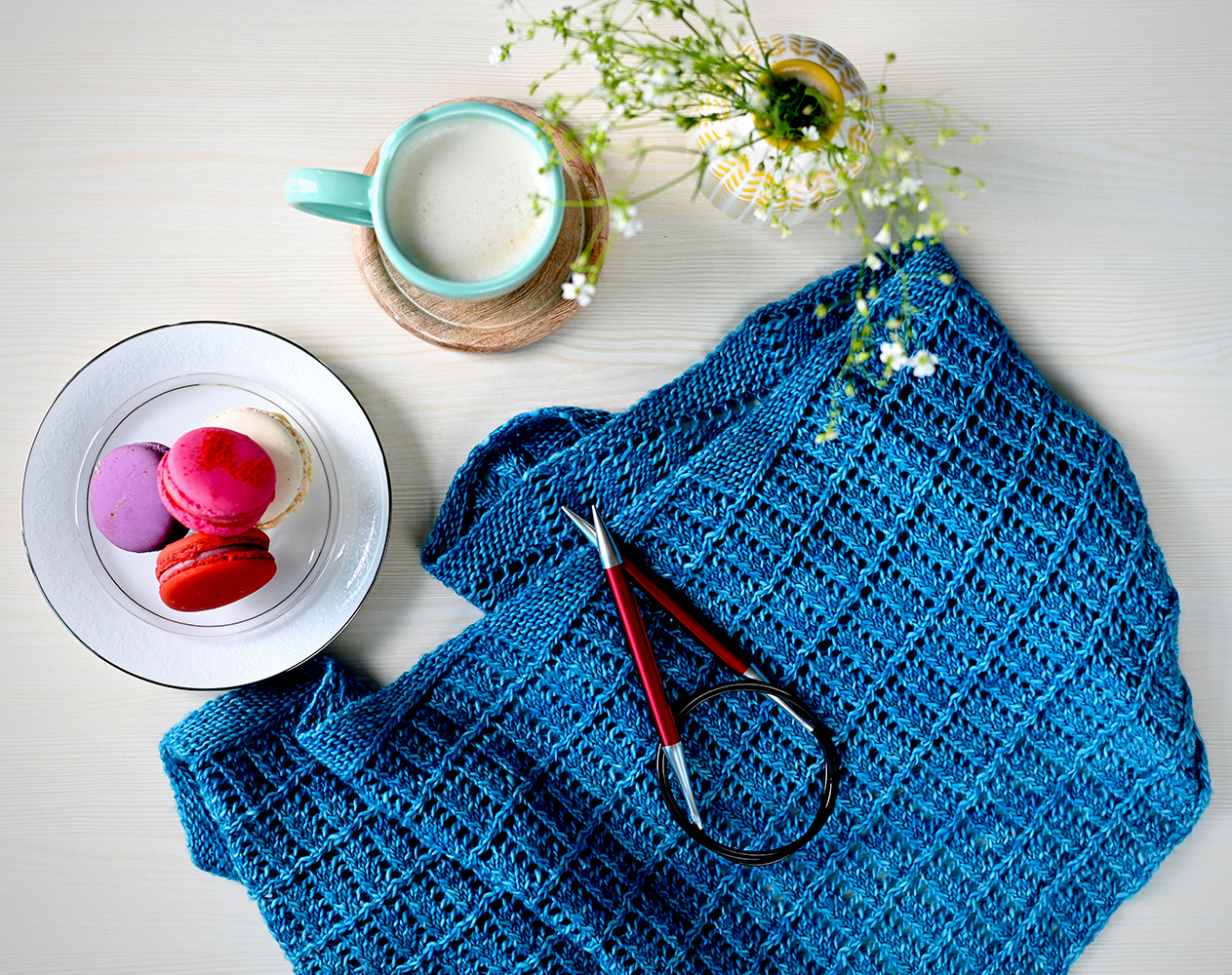
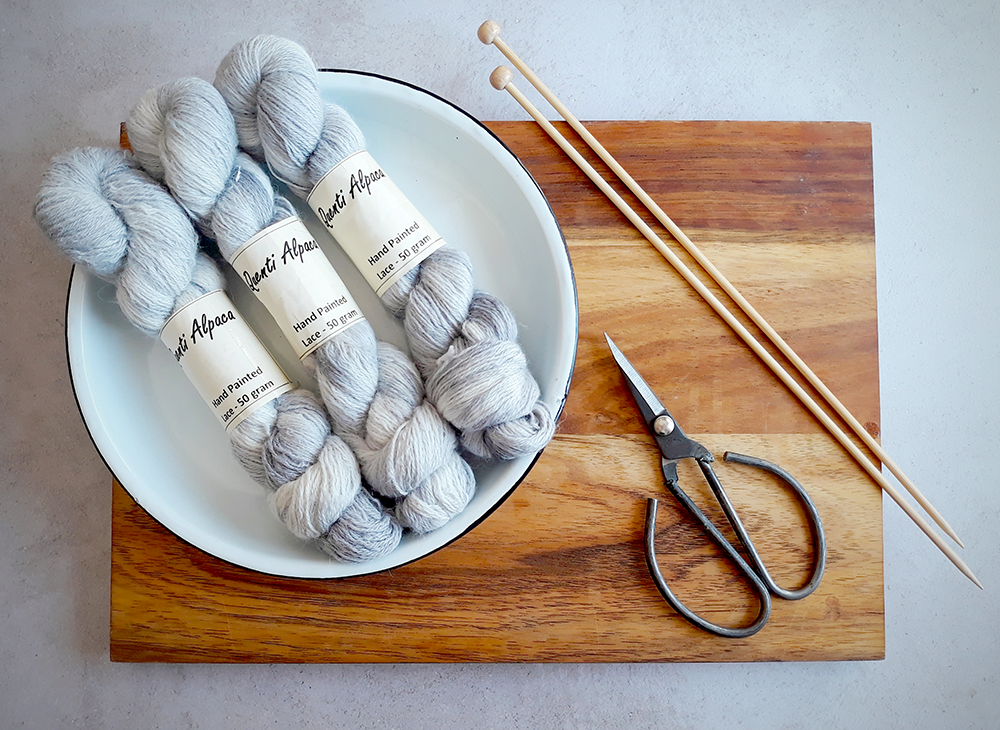
Knitting Needle Sets
If you're just getting started with knitting, it's a good idea to invest in a set of needles.
Most sets will come with a variety of sizes and materials, so you can try out different options to see what works best for you.
Once you've found a material and size that you like, you can start investing in individual needles in that size and material.
Circular knitting needle sets are also a great option because they provide you with a range of cord lengths, so you can try out different options to see what works best for you.
And, like with straight needles, most sets will come with a variety of materials and sizes, so you can experiment to find what works best for you.
Investing in a set of needles is a great way to get started with knitting because it gives you the opportunity to try out a variety of materials and sizes before you commit to one.
Plus, sets are often more affordable than buying needles individually, so you can save money in the long run.
No matter what type of needles you choose, be sure to invest in a good quality pair that will last you for years to come.
A good pair of knitting needles can make all the difference in your finished project, so it's worth it to invest in a good quality pair.
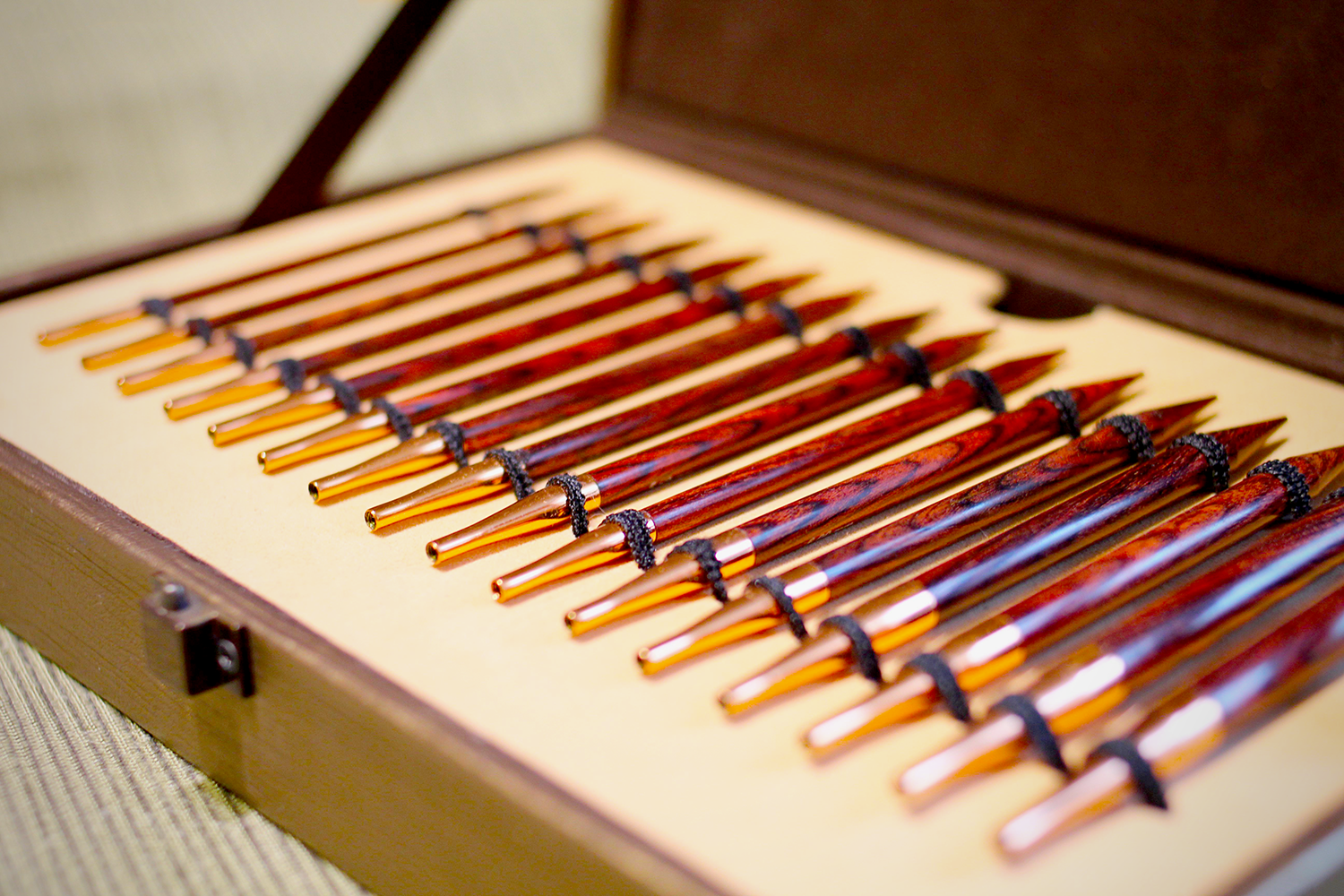
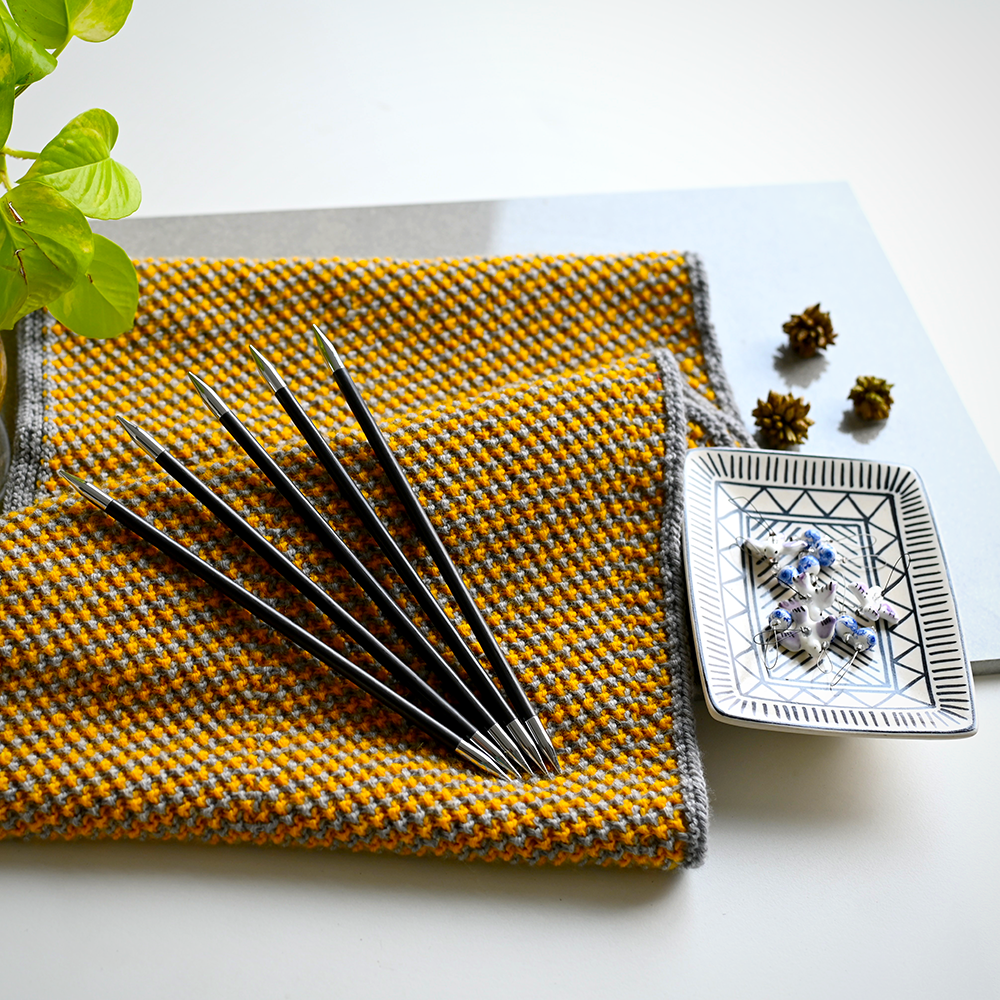

Finding The Right Type of Knitting Needles for Your Project
There are so many different types of knitting needles available that it can be hard to know which ones to use for your next project.
But armed with this knowledge about the different types of needles, you should be able to make an informed decision about which ones will work best for you.
So, grab a pair of needles and get started on your next project!
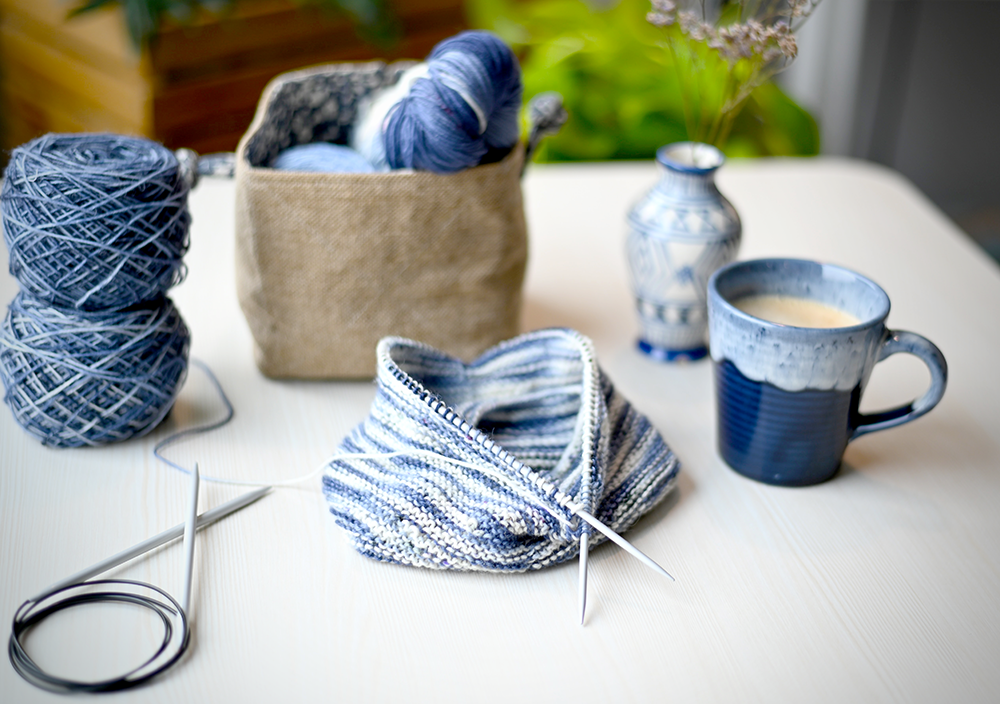
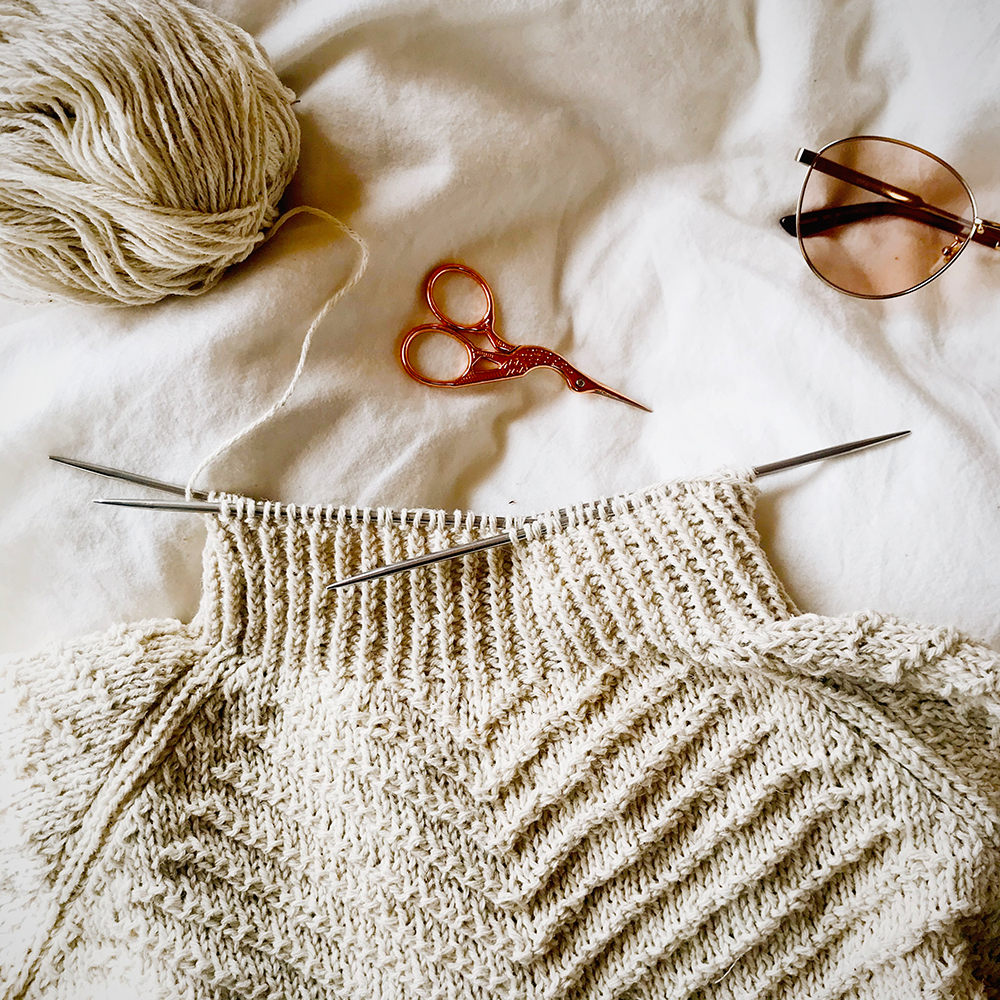
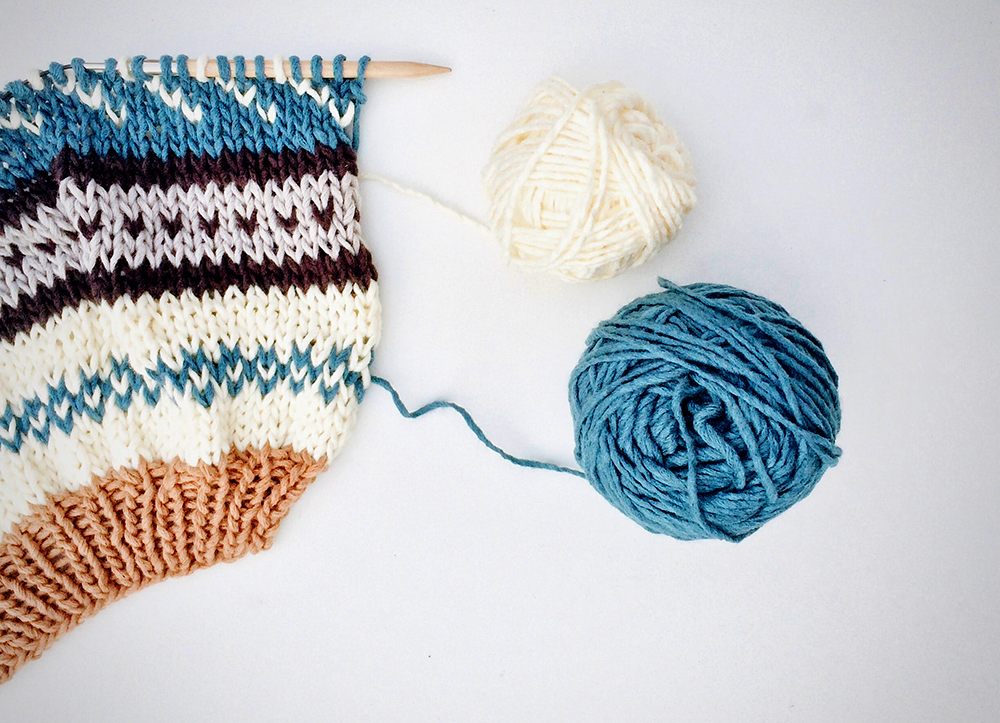
Interested in learning more about the types of knitting needles? Check out Flock & Fern's video!
Want to start knitting?
Check out some of our other articles:
-Interchangeable knitting needles

